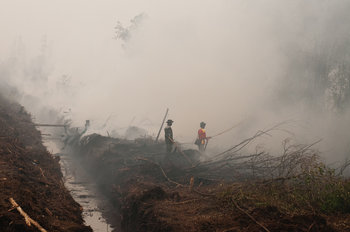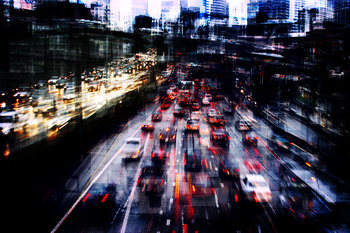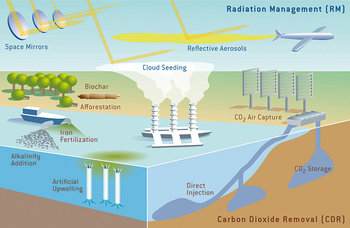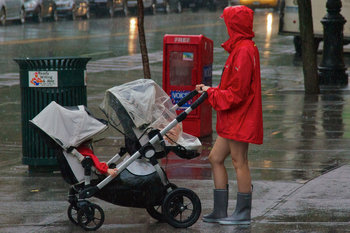|
| |
A clean air zone is a district or region that has regulations to limit emissions of gasses such as nitrogen dioxide (NO2) and particulate matter. Such regulations typically target cities areas that have a high population or areas that historically had dangerously poor air quality.Clean air zones may apply to certain hours of the day that are most likely to have low air quality, typically daytime hours. Alternatively, they may be permanent. Restrictions in clean air zones typically target vehicles and industry. For example, trucks and models of car that have high emissions may not be permitted to enter the clean air zone. Alternatively, they may have to pay a fee that is designed to make a shift to a cleaner vehicle attractive.
In some cases, clean air zones are emergency measures that are designed to reduce a health crisis due to air pollution. In other cases, they are designed to influence long term factors such as encouraging trucking operators to invest in low-emission vehicles.|
Type | | Definition | A residential area with special restrictions on vehicles and industry designed to significantly improve air quality. | Examples | Require industry to be zero-emissions to operate in a residential area.No car zones.Only zero-emission vehicles in an area.Permit low-emission vehicles.Permit new vehicles that conform to recent emission standards.Permit all vehicles but impose a monthly access fee for vehicles that fail to meet a minimum emissions rating. | Related Concepts | |
Cities
This is the complete list of articles we have written about cities.
If you enjoyed this page, please consider bookmarking Simplicable.
A list of sustainable urban design techniques.
The difference between a green wall and green facade.
An overview of green infrastructure with examples.
An overview of existential risk.
An overview of the precautionary principle.
A definition of comparative risk with examples.
The common types of energy efficiency.
The definition of external stakeholder with examples.
Common examples of an economic bad.
The definition of win-lose with examples.
An overview of climate engineering.
Why carbon soil is important.
TrendingThe most popular articles on Simplicable in the past day.
Recent posts or updates on Simplicable.
Site Map
© 2010-2023 Simplicable. All Rights Reserved. Reproduction of materials found on this site, in any form, without explicit permission is prohibited.
View credits & copyrights or citation information for this page.
|























